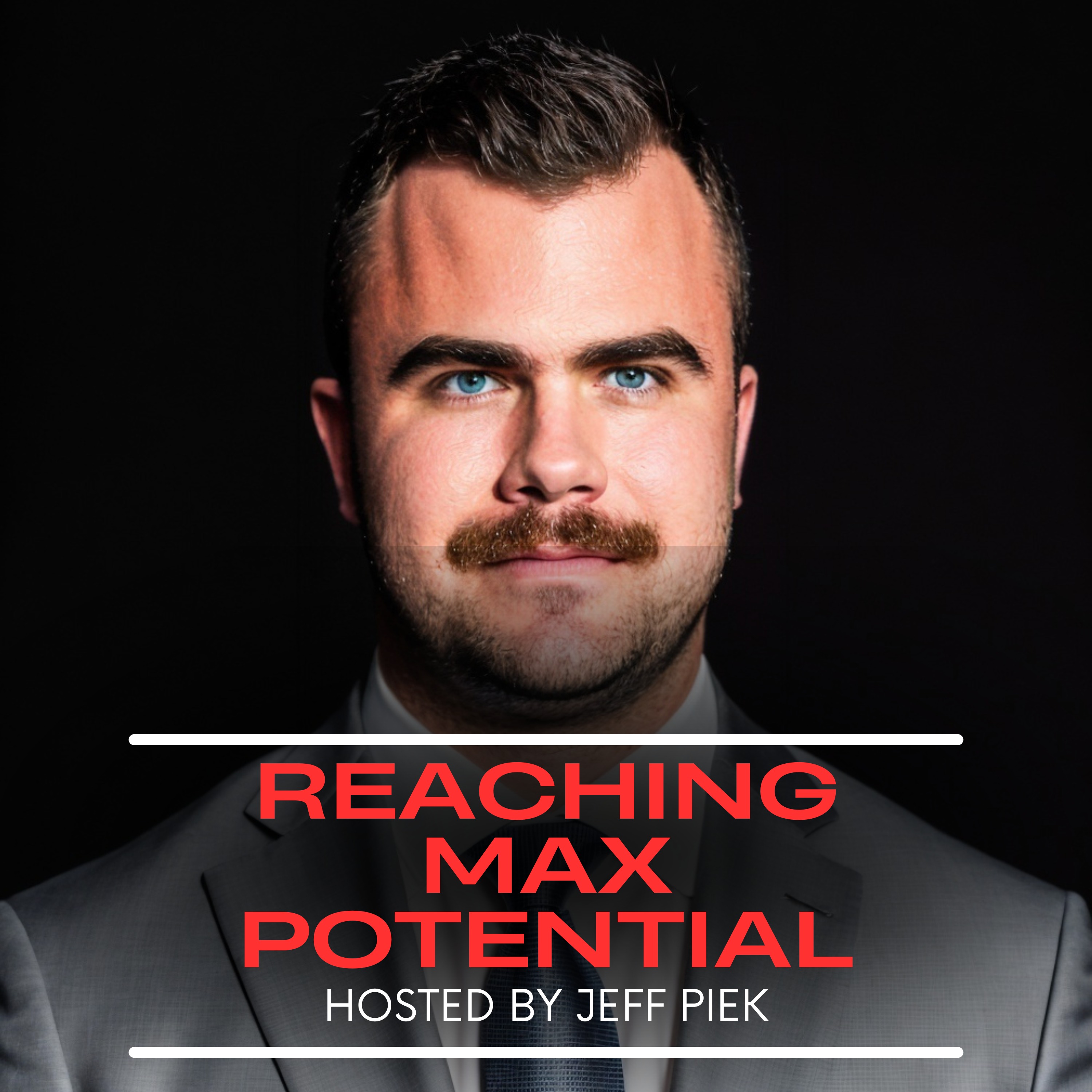Listen "Episode #40: Thinking Outside the Box: How to Come Up With Brilliant Ideas"
Episode Synopsis
In this episode of The Reaching Max Potential Podcast, we explore how to think outside the box and generate brilliant ideas. Discover the science behind creativity and innovative thinking, and learn practical strategies to enhance your creative potential. From creating a conducive environment to embracing interdisciplinary thinking, mindfulness, and collaboration, we cover essential tips for fostering creativity. Perfect for anyone aiming for self-improvement, life mastery, entrepreneurship, fitness, and high performance, this episode provides valuable insights to unlock your full potential.REFERENCESAmabile, T. M., Conti, R., Coon, H., Lazenby, J., & Herron, M. (1996). Assessing the work environment for creativity. Academy of Management Journal, 39(5), 1154-1184.Christensen, C. M. (1997). The innovator's dilemma: When new technologies cause great firms to fail. Harvard Business Review Press.Colzato, L. S., Ozturk, A., & Hommel, B. (2012). Meditate to create: The impact of focused-attention and open-monitoring training on convergent and divergent thinking. Frontiers in Psychology, 3, 116.Csikszentmihalyi, M. (1996). Creativity: Flow and the psychology of discovery and invention. HarperCollins.Florida, R. (2002). The rise of the creative class: And how it's transforming work, leisure, community, and everyday life. Basic Books.Guilford, J. P. (1967). The nature of human intelligence. McGraw-Hill.Hargadon, A., & Sutton, R. I. (1997). Technology brokering and innovation in a product development firm. Administrative Science Quarterly, 42(4), 716-749.Langer, E. J. (1989). Mindfulness. Addison-Wesley.Ratey, J. J., & Loehr, J. E. (2011). The positive impact of physical activity on cognition during adulthood: A review of underlying mechanisms, evidence, and recommendations. Reviews in the Neurosciences, 22(2), 171-185.Robinson, K. (2011). Out of our minds: Learning to be creative. John Wiley & Sons.Sawyer, R. K. (2007). Group genius: The creative power of collaboration. Basic Books.Smith, S. M. (2003). The constraining effects of initial ideas. In P. Paulus & B. Nijstad (Eds.), Group creativity: Innovation through collaboration (pp. 15-31). Oxford University Press. Hosted on Acast. See acast.com/privacy for more information.
More episodes of the podcast Reaching Max Potential
Episode #128: The Role of Desire in Success
23/08/2024
 ZARZA We are Zarza, the prestigious firm behind major projects in information technology.
ZARZA We are Zarza, the prestigious firm behind major projects in information technology.
